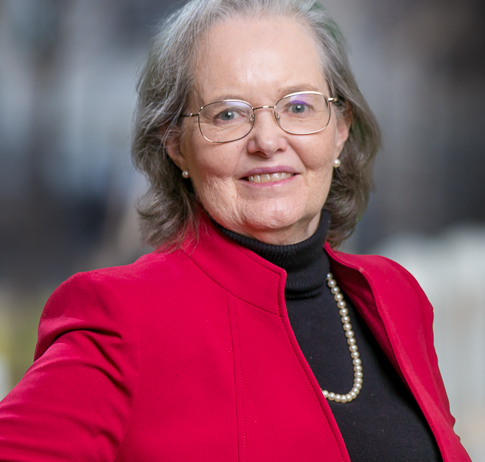M. Ridgway Barker and Patricia M. Lee co-authored this article with Joseph Bambara CIPP/US.
The International Swaps and Derivatives Association, Inc. (ISDA) has announced a pilot implementation of the Common Domain Model (CDM) for the clearing of interest rate derivatives using DAML, an open-source smart contract language created by Digital Asset to use blockchain or Distributed Ledger Technology ("DLT") to persist trade data. DAML smart contracts are self-executing, self-enforcing contracts. They are governed by the explicit terms and conditions laid out within them. Smart contracts provide greater accuracy, transparency, communication, security, savings, and trust. DLT is mature, as evidenced by the explosion in decentralized finance products hitting the marketplace in 2020.
The ISDA has been working with Digital Assets since early 2018 when the two firms jointly developed an open-source reference code library in DAML to help with the adoption of the CDM. The event specification module was built to simplify and standardize the process of generating lifecycle events defined in the CDM. The concepts found in the event specification module have been built into the core CDM as native functions. The Australian Securities Exchange ("ASX") and UBS have been providing input to validate the CDM's additional functionality alongside ISDA and Digital Assets.
Why is this an important step? Derivatives market participants are looking at ways to reduce costs and improve the efficiency of back-office processes. Today, each firm has, over time, established its own systems and unique set of representations for events and processes that occur during the life of a derivatives trade, which could be problematic. If each organization maintains its own representations, it results in firms having to continually reconcile their trades to make sure they have the same information, i.e., a significant drain on resources. It also impedes the potential for greater automation and results in increased operational risk. Bottom line: Clearing is an essential part of the derivatives landscape, so the operational processes must be consistent to ensure seamless automation.
Using the CDM for clearing and deploying it on a distributed ledger with DAML will remove the burden of setting up connections to incongruous systems and services, facilitating interoperability, automation, and straight-through processing. Moreover, new technologies offer the potential for greater automation and efficiency, reducing complexity and costs. But effective automation can only be built on standardization.
DAML and DLT provide an opportunity for standardization. It is a standard that supports innovation. It provides a shared source of trade data. The ISDA CDM enables enhanced transparency via a consistent hierarchical representation across trades, portfolios, and events, providing enhanced risk management and trade processing capabilities. The ISDA CDM creates a foundation for long-term process transformation using emerging technologies like cloud, distributed ledger, and artificial intelligence. The ISDA CDM promotes transparency and alignment between regulators and market participants, ensuring regulatory goals can be met more efficiently.
In summary, the CDM establishes a standard blueprint for events that occur throughout the derivatives lifecycle, paving the way for greater automation. The ASX supports ISDA's ongoing efforts to lead the industry-wide adoption of the CDM, achieving significant operational efficiencies for the industry. ASX will continue working with ISDA and Digital Asset to standardize and automate leveraging the CDM in DAML, with the potential to achieve benefits and cost savings for all users.


